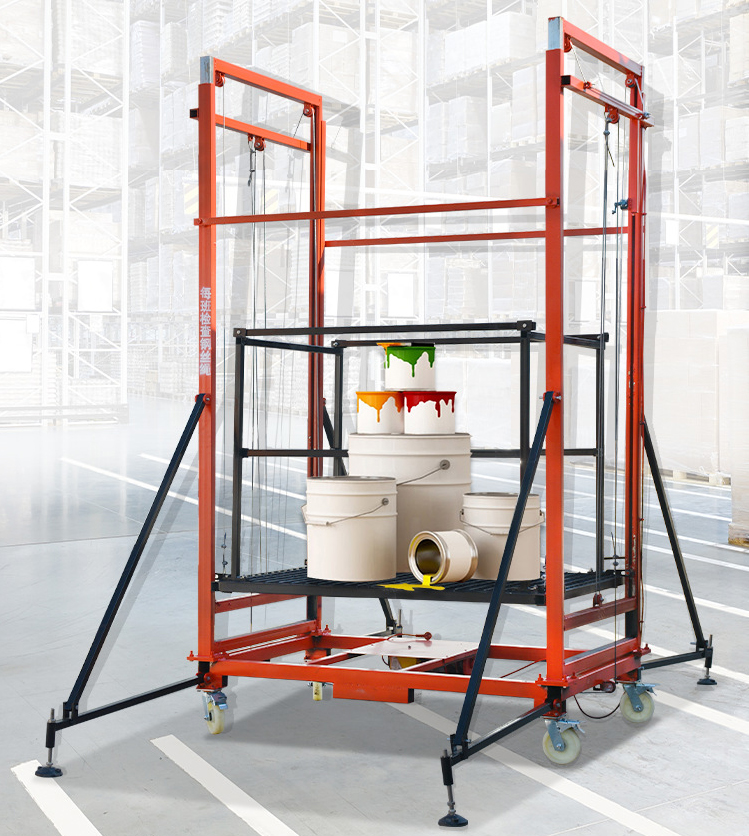Electric lifting scaffolds undergo rigorous quality control and inspection processes to ensure compliance with safety standards, regulatory requirements, and industry best practices.
Here’s how electric lifting scaffold manufacturers typically handle quality control and inspection:
- Material Inspection: Manufacturers conduct thorough inspections of raw materials and components used in the construction of electric lifting scaffolds. This includes verifying the quality, dimensions, and specifications of materials such as steel, aluminum, and other structural components to ensure they meet required standards and performance criteria.
- Component Assembly: During the assembly process, each component of the electric lifting scaffold is carefully inspected and tested for proper fit, alignment, and functionality. Manufacturers follow detailed assembly procedures and quality control checks to ensure that components are installed correctly and securely.
- Functional Testing: Once the electric lifting scaffold is assembled, it undergoes comprehensive functional testing to verify its operation and performance. This includes testing the lifting mechanism, controls, safety features, and stability under load conditions to ensure that the scaffold functions safely and reliably.
- Load Testing: Electric lifting scaffolds are subjected to load testing to assess their capacity and stability under typical operating conditions. Load tests may involve applying maximum rated loads to the scaffold and observing its behavior to ensure that it can safely support the intended load without deformation or failure.
- Safety Inspections: Manufacturers conduct safety inspections of electric lifting scaffolds to identify and address potential hazards or safety concerns. This includes inspecting guardrails, toe boards, access points, and other safety features to ensure compliance with safety standards and regulations.
- Quality Assurance Documentation: Throughout the manufacturing process, manufacturers maintain detailed documentation of quality control procedures, inspection results, test reports, and certifications. This documentation provides traceability and accountability for each electric lifting scaffold produced and helps ensure consistency and reliability in product quality.
- Third-Party Certification: In some cases, manufacturers may seek third-party certification or approval from independent testing laboratories or certification bodies to validate the quality, safety, and compliance of electric lifting scaffolds with relevant standards and regulations. Third-party certification provides additional assurance of product quality and reliability.
- Ongoing Monitoring and Improvement: Manufacturers continuously monitor and evaluate the performance of electric lifting scaffolds in the field to identify opportunities for improvement and innovation. Customer feedback, field observations, and warranty claims are used to inform product design enhancements, manufacturing process improvements, and quality control measures.
By implementing these quality control and inspection practices, electric lifting scaffold manufacturers ensure that their products meet the highest standards of quality, safety, and reliability, providing customers with confidence and peace of mind when using these essential equipment for construction, maintenance, and access tasks.

How do electric lifting scaffold handle quality control and inspection?
